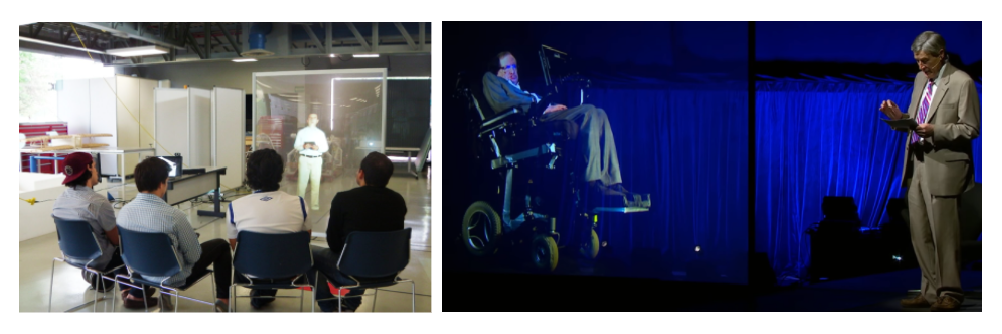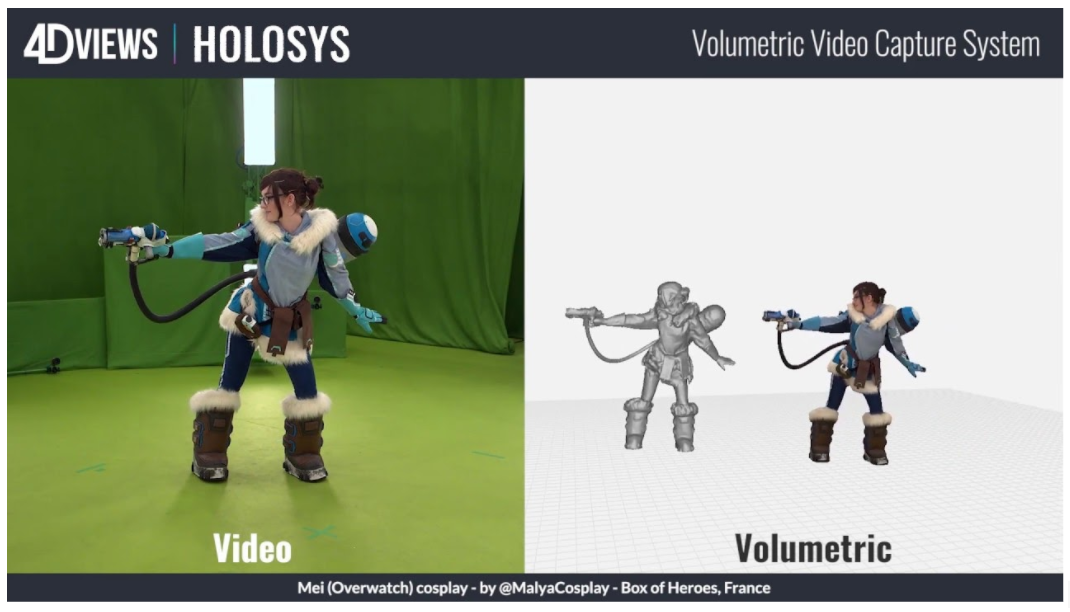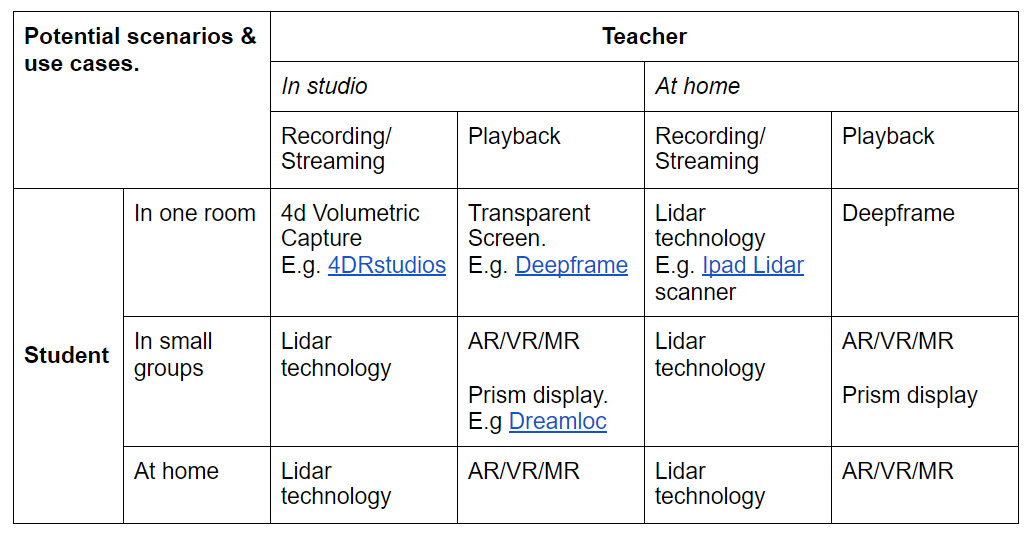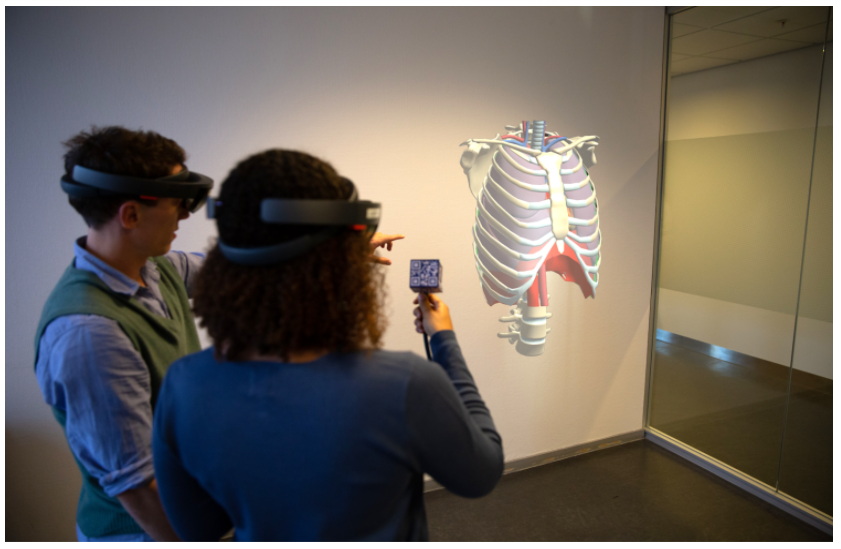Project HoloLearn
The coronavirus pandemic has pushed teaching and learning online. In the digital sphere, education comes with many advantages but it also brings numerous challenges. According to studies conducted at Dutch universities, students have encountered many challenges because of online education. A survey conducted at TU Delft shows that 68.1% of the students indicated the shift towards online learning has had a negative impact on their performance.

Online education affects accessibility to meet support staff and limits social interaction. This can result in a lack of energy and motivation in students, which, correspondingly also affects educators. A lack of student interaction, and therefore their feedback, affect their teaching. Improving user experience is important for the success of online education.
'Improving user experience is important for the success of online education.'
Enriching online social interaction
The LDE Centre for Education and Learning, NewMedia Center and the TU Delft student council have initiated Project HoloLearn to improve and stimulate online education. This initiative, spearheaded by Bibeg Limbu, aims to use holograms to stimulate richer social interactions in online/distance education between students and teachers at TU Delft. 'Holograms in education have great potential, which will be explored in Project HoloLearn', notes Dr Limbu. 'This project takes inspiration from recent projects where hologram were used to deliver lectures remotely at Tecnológico de Monterrey and City University London. '

HoloLearn aims to achieve two major goals:
1. The seamless integration of holograms in current [distance] teaching practices.
2. Explore implications of holograms on social interactions and educational outcomes.
Kick-off HoloLearn
On the 14th of January, project HoloLearn’s first meeting took place. In this fruitful meeting, experts from several institutes contributed to the brainstorming session. Primarily, potential technology and several potential scenarios and use cases were mapped and discussed in the context of online education in TU Delft. Two key technologies were considered for recording or streaming holographic content, namely 4D volumetric recording and LIDAR systems. For playback, transparent displays, prism and mixed reality devices were mentioned.

Use cases and scenarios of holograms in education
Implementing holograms in education requires technological infrastructure. Different technologies can be used for recording and streaming holographic content. The table below maps different scenarios where holograms can be used such as for individuals at home, in class, or in small groups.

In order to satisfy the majority of these scenarios, as per the first goal of the project, the project aims to establish a volumetric recording studio for capturing/streaming lectures, along with researching and developing lidar technologies for recording and streaming outside of the studio. This holographic content should be accessible to the students through various platforms via the cloud.
'In the second phase of the project, our research will focus on the effect of holographic content on social interaction and education'. Some of the potential research questions that can be to assess the effect of holographic content on learning: 'Is there an impact on the students’ presentations when done using a holographic format as compared to video formats?'. Such questions on the use of holograms in education may be answered by the outcomes of the HoloLearn project.
The HoloLearn project takes a look into the future of learning: How will holograms impact education?

While the prospect of using holograms in education is exciting, experts were also wary of several unseen limitations that the project might face. Mostly, the cost and maturity of technology may limit the potential reach of the project. For example, the Center for Innovation at Leiden University has used interactive holograms to teach medical students. Such effectiveness of holograms have been established in literature, however, HoloLearn aims to address issues presented by the student council regarding the lack of social interaction in distance education. As such, initially, the project will emphasise on facilitating social interaction in distance/online education by exploiting the affordances of holograms.
Join the HoloLearn project!
The HoloLearn project is actively looking for enthusiastic students interested in development and research involved in the HoloLearn project. As a member of the HoloLearn project, you will work in a multidisciplinary team of fellow students requiring you to wear several hats.
If interested please email: b.h.limbu@tudelft.nl
